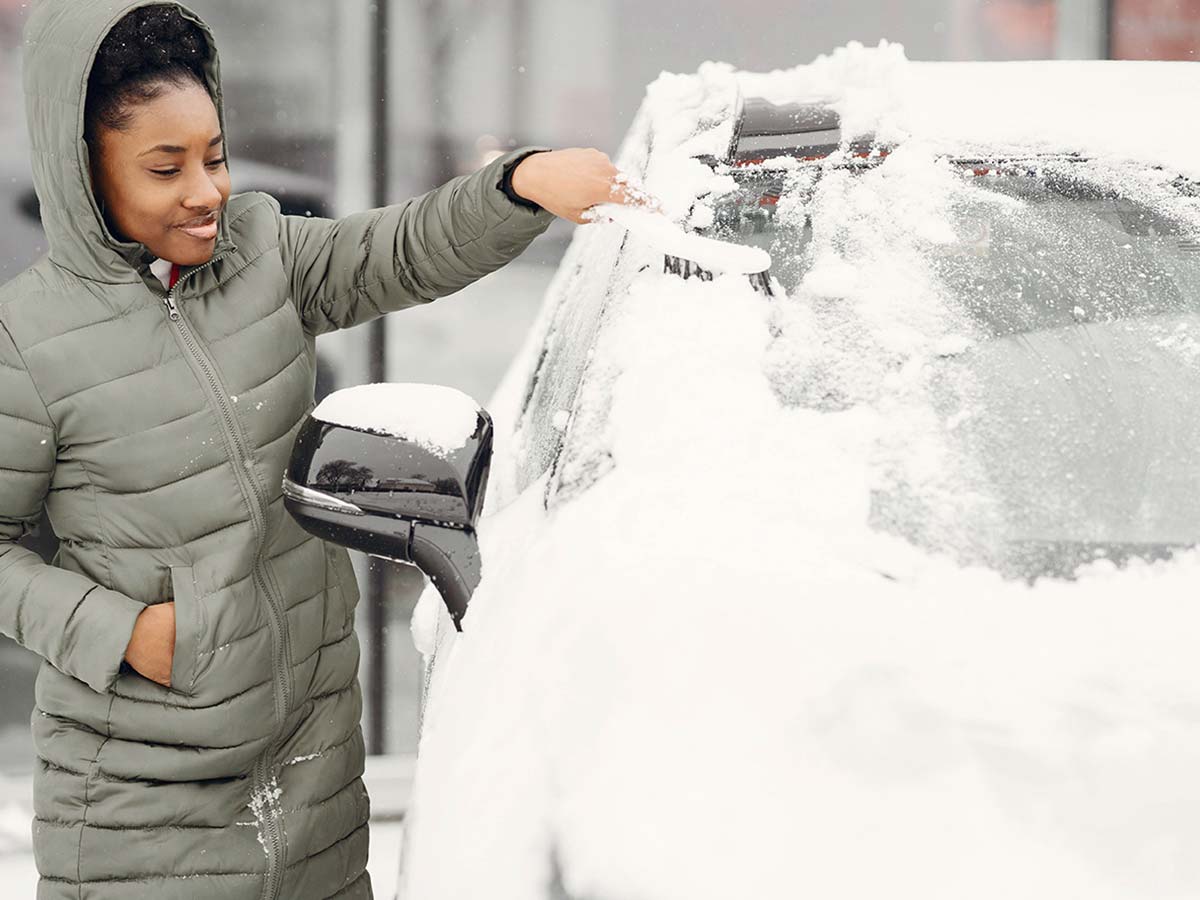

Your browser settings have cookies disabled. Some features of the site are not available or will not work correctly without cookies. To do so, refer to the help section of your Web browser.
Your province
If you’re insured with a local Desjardins Agent, log in to My Account.
Choose this option if you know your Agent by name, and they have an office in your local area.
If you’re insured with us directly, log in to your Online Services account.
Choose this option if you contact us by phone, and you usually speak to different insurance advisors when you call.
August 24, 2021

After more than a year of dealing with the pandemic and lockdowns, Canadian roads will likely be much busier this fall. For your protection and that of other drivers, we've prepared a short test to help you refresh your road safety knowledge.
False. You must look beyond the range of your headlights. It's also best to reduce your speed and keep a greater distance from the vehicle in front of you when driving at night.1
True. Speeding, sudden braking and other aggressive manoeuvres have a direct impact on your fuel consumption. These days, fuel-efficient driving is recommended and can save you up to 25% in fuel, in addition to being safer.2
True. Whenever you follow another vehicle, you need enough space to react, break and stop safely. The recommended following distance is at least 3 seconds in summer and even more in winter.3
False. They're actually more frequent between noon and 5:59 p.m. As for the riskiest time of the year for distracted driving, 50% of these accidents occur in summer, between May and September.4
True. The mental and physical abilities of someone who's been awake for 17 hours are similar to someone with an alcohol level of 0.05%. Their ability to drive may suffer at this point. This is why almost every province and territory in Canada imposes administrative licence suspensions on drivers with a blood alcohol concentration of 0.05% or more.5
False. Although legally permitted, talking on the phone in hands-free mode is considered distracted driving and therefore not safe.6
True. The risk of injury and death is reduced by up to 70% with a properly installed car seat. If you have young children, consult the Secure Them for Life brochure to make sure their seats are installed correctly.7
True. The minimum tread depth of tires is regulated. It must not be less than 1.6 mm (2/32 in). Check with your mechanic if you're unsure.8
True. An increase in average speed of 1 km/h typically results in a 3% higher risk of a crash involving injury, and a 4–5% increase for crashes that result in fatalities.9
True. Although it may seem counterintuitive, you should not brake suddenly. If you cannot avoid the pothole, slow down and release the brakes. Slowing down will reduce the mechanical impact on your car.10
These tips are provided for information and prevention purposes only. They are general in nature, and Desjardins Insurance cannot be held liable for them. We recommend using caution and consulting an expert for comprehensive, tailored advice.
Desjardins Insurance refers to Certas Home and Auto Insurance Company, underwriter of automobile and property insurance or Desjardins Financial Security Life Assurance Company, underwriter of life insurance and living benefits products.


